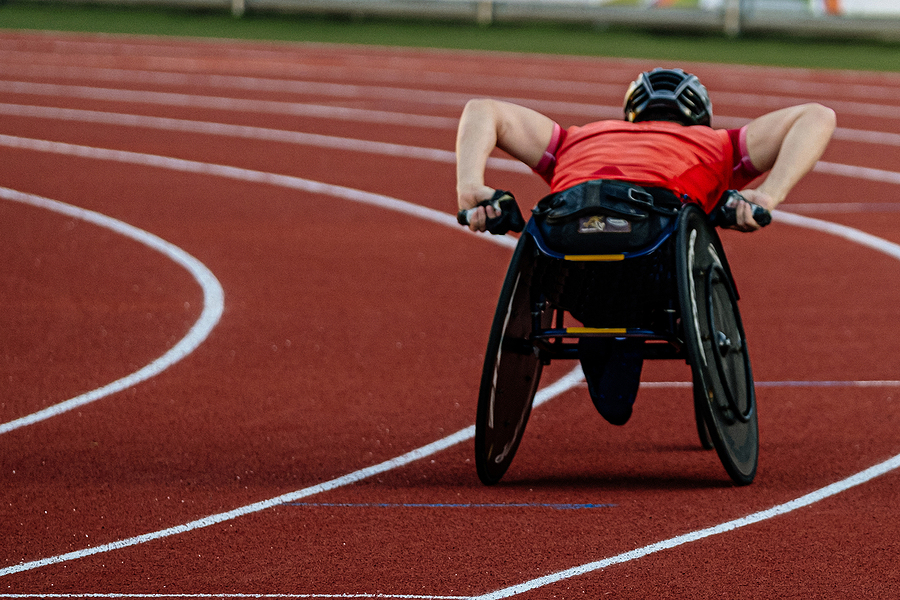Discovering The Physics Behind Athletic Wheelchairs’ Wheels

The Paralympians are the epitome of undying willpower. Their disabilities do not limit their sportsmanship. When complemented with their respective equipment, they are able to participate in competitive sports just like any other athletes.
One of the most common equipment seen among Paralympians is the athletic wheelchair. Their wheels are slanted at an angle, almost as if they are bent and broken at the axle. However, what many might not know is that they are better than traditional wheelchairs in terms of functionality. In this article, we will explore the physics behind athletic wheelchairs’ wheels.
What exactly is the role of the slant?
Most wheels that we see on the road sit perpendicularly to the ground. The thing with such designs is that most would work with no issues only when the respective vehicle travels in a straight line over flat surfaces. This is because of the wheels’ contact with the ground, allowing it to grip onto the surface, which refers to what we call wheel traction and contact.
The contact point of the wheel with the road is usually a rectangular patch. When the vehicle is moving forward, the vehicle’s weight, combined with the frictional force due to ground contact, is distributed evenly across the contact point.
However, as the vehicle makes a turn, the vehicle’s weight is shifted towards the outer edge of the wheels, causing the frictional force to be concentrated at the same point. This results in the grip of the wheels being concentrated at the outer edge of the wheels, reducing the vehicle’s stability significantly.
The role of the slant, also known as the camber, allows the contact point to remain in a more rectangular configuration, no matter whether it is moving forward or making a turn. This allows the wheelchair to maintain its grip on the ground, resulting in higher stability.
Depending on their use, wheelchairs can have a camber range between 3 and 15 degrees. Lower camber ranges are typically found in traditional wheelchairs, while higher camber ranges are typically found in more performance-oriented wheelchairs such as those used among Paralympians.
Construction of an athletic wheelchair
Athletic wheelchairs can be collapsible or fixed. Unlike traditional wheelchairs, which are normally made of aluminium or steel, athletic wheelchairs are made of titanium and even carbon fibre for increased utility and functionality.
Advantages of athletic wheelchairs’ camber
• The wider base increases the stability of the wheelchair, minimising the risk of overturning.
• It improves the acceleration and ergonomics of wheelchairs, which makes it better for prolonged use in games.
• The ground reaction forces are distributed across the wheelchair, reducing the amount of shock that the athlete might experience if they move over uneven ground.
• It reduces the wheelchair’s turning radius significantly, allowing for tighter and faster turns, which offers a competitive edge.
Disadvantages of athletic wheelchairs’ camber
• While they are significantly more comfortable and easier for the athlete to manoeuvre around, the increase in wheelchair dimension makes it harder for it to access certain tight spaces.
• It speeds up the wearing of the wheel thread.
Conclusion
The camber of an athletic wheelchair certainly adds a significant advantage to it, increasing stability and acceleration. However, they might not be practical for everyday use due to their increased rate of wearing out.
The physics behind everyday sports certainly is interesting, especially when a change in angle can affect functionality and utility. If you are interested in knowing more about such information, such as the aerodynamics behind badminton shuttlecocks, then consider contacting Physics Tuition to inquire about our classes.